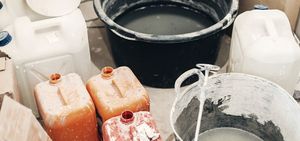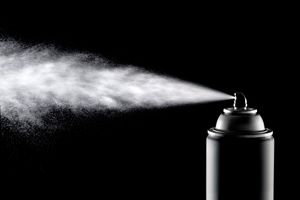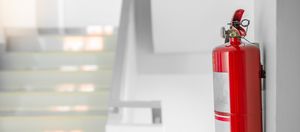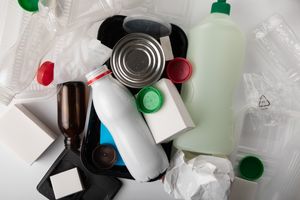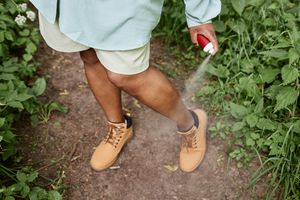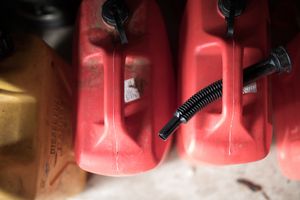Emergency Spill Checklist
This is a info alert
This is a danger alert
This is a success alert
This is a warning alert
This is a dark alert
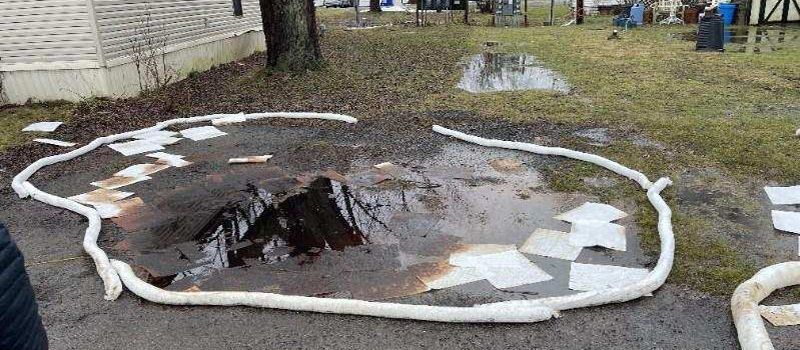
Introduction
This checklist provides a step-by-step guide for responding to hazardous spills, categorized by size and severity. Whether dealing with a small household chemical spill or a large industrial accident, following these steps will help minimize environmental damage and ensure compliance with Western New York regulations.
1. Small-Scale Spill Response (Household & Minor Commercial Spills)
✅ Assess the Spill
Identify the substance (check labels, Safety Data Sheets (SDS), or manufacturer instructions).
Determine the quantity and whether it poses immediate risk.
✅ Ensure Personal Safety
Wear gloves, goggles, and a mask if necessary.
Ensure proper ventilation (open windows, use exhaust fans).
Keep pets, children, and untrained personnel away from the area.
✅ Contain & Clean Up the Spill
Use absorbent materials (paper towels, kitty litter, baking soda) to soak up liquids.
Place barriers around drains and sinks to prevent contamination of water sources.
If dealing with a dry spill, dampen before sweeping to prevent airborne particles.
✅ Dispose of Hazardous Waste Properly
Place contaminated materials in a sealed, labeled container.
Do not dispose of hazardous waste in regular trash or drains.
Contact a local hazardous waste facility for proper disposal.
✅ Local Reporting & Disposal Contacts (Western NY):
Buffalo: Erie County Household Hazardous Waste Collection – 716-858-6800
Niagara Falls: Niagara County Waste Services – 716-439-7240
Rochester: Monroe County Ecopark – 585-753-7600
2. Medium-Sized Spill Response (Industrial & Transportation Incidents)
🚨 Ensure Immediate Safety
Evacuate personnel if chemical exposure is a risk.
Secure the area to prevent contamination spread.
Identify the substance using SDS, transport labels, or manifests.
🚧 Containment Measures
Deploy spill berms, absorbent booms, or neutralizers.
Block storm drains to prevent environmental contamination.
Shut down ignition sources if dealing with flammable spills.
📞 Report & Compliance Requirements
Notify New York State DEC Spill Response: 1-800-457-7362
If spill reaches waterways, report to EPA Emergency Response: 1-800-424-8802
Follow OSHA spill reporting guidelines for workplace incidents.
🛠 Professional Cleanup Procedures
If spill exceeds 50 gallons or reaches soil/water, call a hazardous waste cleanup service.
Use specialized containment and decontamination techniques.
Conduct environmental impact assessments if required.
3. Large-Scale Spill Response (Industrial Disasters & Environmental Hazards)
⚠️ Activate Emergency Protocols
Evacuate affected areas if toxic exposure risk is high.
Contact fire departments, emergency management teams, and DEC.
Establish safety perimeters and road closures if needed.
📡 Mobilize Incident Command System (ICS)
Assign a Spill Response Incident Commander.
Coordinate with local, state, and federal emergency teams.
Deploy HAZMAT-certified responders for specialized cleanup.
🛢️ Containment & Remediation Actions
Deploy booms, heavy-duty absorbents, and neutralizing agents.
Shut down stormwater access points and prevent groundwater contamination.
Initiate air, soil, and water quality monitoring for safety assessments.
📢 Regulatory Compliance & Documentation
Provide detailed spill incident reports to New York State DEC and EPA.
Ensure compliance with SPCC (Spill Prevention, Control, and Countermeasure) plans.
Develop a long-term remediation strategy if environmental damage is severe.
☎️ Emergency Contact List
Buffalo Fire Department Hazmat Team: 716-851-5333
Niagara Falls Emergency Management: 716-438-3171
Monroe County Environmental Response: 585-753-7600
National EPA Spill Response: 1-800-424-8802
Conclusion
Quick and effective response to hazardous spills is essential for minimizing environmental damage and ensuring regulatory compliance. Whether handling a minor chemical spill or responding to a large industrial accident, following these response checklists will help contain and remediate spills safely.
Need professional cleanup assistance? Contact a DEC-certified hazardous waste specialist to ensure compliance and proper cleanup.
🔄 Next Steps in Spill Preparedness & Response
Looking to deepen your understanding or take action? Explore these related resources:
